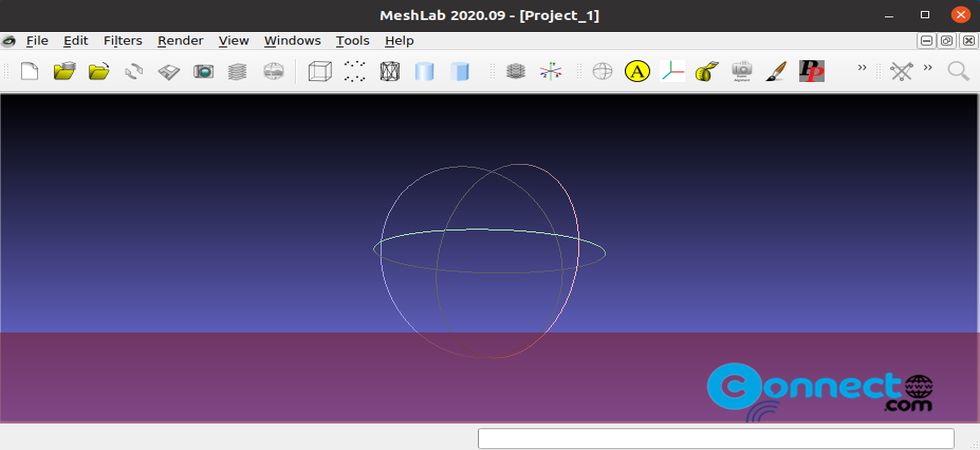
Like the quality threshold it affects the accuracy/complexity ratio. It can greatly improve the quality of the shape of the final triangles on perfectly planar portions of the mesh. It’s on by default.Īdd additional simplification constraints that try to preserve the current shape of the triangles. If disabled, the edges are collapsed onto one of the two vertices and the vertices of the final mesh are a subset of the original mesh. When collapsing an edge the chosen vertex position minimizes the current estimated error. Optimal position of simplified vertices: Yes. The value is in the range : 0 accept any kind of face (no penalties), 0.5 penalize faces with quality Normals, Curvature and Orientation > Re-Orient all faces coherently (note that this will only work for manifold objects). To approximate accurately the original shape only with well shaped triangles you require a higher number of faces with respect to allowing more freedom in the final triangle shape.

Quality threshold affects the simplification penalizing bad shaped faces. Keep this below 1 million.Įnter a value between 0 and 1 here the higher the value the harder MeshLab tries to stick to your original model's shape. MeshLab for iOS page dedicated to the iPad and iPhone version of MeshLab.Target number of faces - Self explanatory.MeshLab Stuff Blog Development blog, with tutorials and example of use of MeshLab.MeshLabJS homepage of the experimental, client based, JavaScript, version of MeshLab that runs inside a browser."On the difficulty of increasing dental complexity". "Rapid Prototyping in Orthopaedic Surgery: A User's Guide". "Digital preservation and dissemination of ancient lithic technology with modern micro-CT". Third International Symposium on 3D Data Processing, Visualization, and Transmission (3DPVT'06) (PDF). The International Archives of the Photogrammetry. "Image-based surface measurement for close-range heritage documentation" (PDF) (PDF). "Rapid and Inexpensive Reconstruction of 3D Structures for Micro-Objects Using Common Optical Microscopy" (PDF). MeshLab is used in various academic and research contexts, like microbiology, cultural heritage, surface reconstruction, paleontology, for rapid prototyping in orthopedic surgery, in orthodontics, and desktop manufacturing. MeshLab can also import point clouds reconstructed using Photosynth. The system supports input/output in the following formats: PLY, STL, OFF, OBJ, 3DS, VRML 2.0, X3D and COLLADA.
Meshlab linux mac os#
MeshLab is available for most platforms, including Linux, Mac OS X, Windows and, with reduced functionality, on Android and iOS and even as a pure client-side JavaScript application called MeshLabJS.

MeshLab also includes an interactive direct paint-on-mesh system that allows users to interactively change the color of a mesh, to define selections and to directly smooth out noise and small features.

Meshlab linux registration#
It includes a tool for the registration of multiple range maps based on the iterative closest point algorithm. For the removal of noise, usually present in acquired surfaces, MeshLab supports various kinds of smoothing filters and tools for curvature analysis and visualization. Remeshing tools support high quality simplification based on quadric error measure, various kinds of subdivision surfaces, and two surface reconstruction algorithms from point clouds based on the ball-pivoting technique and on the Poisson surface reconstruction approach. The automatic mesh cleaning filters includes removal of duplicated, unreferenced vertices, non-manifold edges, vertices, and null faces. It is a general-purpose system aimed at the processing of the typical not-so-small unstructured 3D models that arise in the 3D scanning pipeline. MeshLab is developed by the ISTI - CNR research center initially MeshLab was created as a course assignment at the University of Pisa in late 2005.


 0 kommentar(er)
0 kommentar(er)
